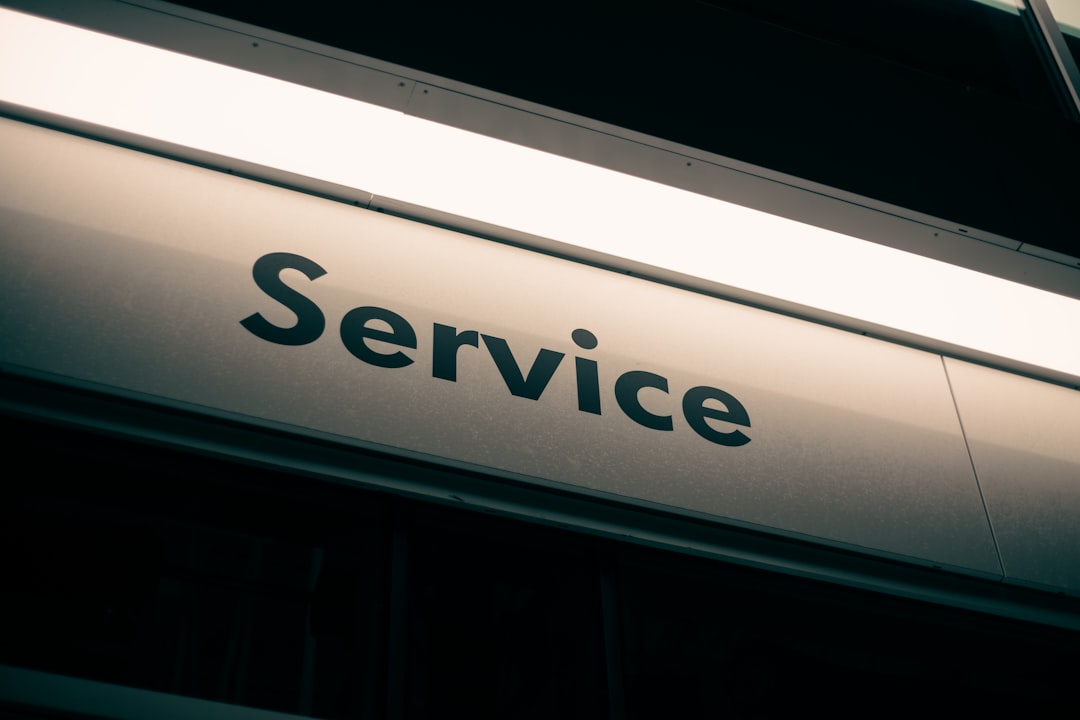 Understanding the Rainscreen System: A Comprehensive Guide to Water Management in Buildings
Understanding the Rainscreen System: A Comprehensive Guide to Water Management in Buildings
The rainscreen system is a crucial component of modern building design, particularly in regions with high rainfall or harsh weather conditions. This innovative system has revolutionized the way architects and engineers approach water management in buildings, ensuring that structures remain dry, secure, and durable. In this article, we will delve into the world of rainscreen systems, exploring their history, benefits, components, and applications.
1. History of Rainscreen Systems
The concept of rainscreen systems dates back to the early 20th century, when architects began experimenting with innovative ways to manage water in buildings. Initially, rainscreen systems were used in Scandinavian countries, where the harsh climate demanded a more effective approach to water management. Over the years, the rainscreen system has evolved, incorporating new materials and technologies to improve its performance and efficiency. Today, rainscreen systems are used worldwide, from residential buildings to commercial skyscrapers.
2. Benefits of Rainscreen Systems
So, what makes rainscreen systems so popular among architects and engineers? The benefits are numerous:
– **Water Management**: Rainscreen systems are designed to manage water effectively, preventing it from entering the building envelope. This reduces the risk of water damage, mold growth, and structural deterioration.
– **Energy Efficiency**: By reducing the amount of water that enters the building, rainscreen systems help to minimize energy consumption. This is particularly important in regions with high energy costs.
– **Durability**: Rainscreen systems are designed to withstand harsh weather conditions, ensuring that buildings remain secure and durable for years to come.
– **Aesthetics**: Rainscreen systems can be designed to be visually appealing, adding a touch of elegance to building facades.
3. Components of a Rainscreen System
A typical rainscreen system consists of several key components:
– **Drainage Plane**: This is the innermost layer of the rainscreen system, responsible for collecting and draining water from the building envelope.
– **Drainage Mat**: This layer is designed to facilitate water flow, ensuring that water is directed away from the building.
– **Drainage Channels**: These channels are used to collect and direct water from the drainage mat to the drainage plane.
– **Rainscreen Panel**: This is the outermost layer of the rainscreen system, designed to provide a weather-tight seal and protect the building from the elements.
– **Fasteners**: These are used to secure the rainscreen panel to the building structure.
4. Types of Rainscreen Systems
There are several types of rainscreen systems available, each with its unique characteristics and applications:
– **Cavity Wall Rainscreen System**: This type of system is used in cavity wall construction, where a gap is created between the inner and outer walls of the building.
– **Solid Wall Rainscreen System**: This type of system is used in solid wall construction, where the rainscreen panel is attached directly to the building structure.
– **Hybrid Rainscreen System**: This type of system combines elements of both cavity wall and solid wall rainscreen systems.
5. Applications of Rainscreen Systems
Rainscreen systems are used in a wide range of applications, from residential buildings to commercial skyscrapers:
– **Residential Buildings**: Rainscreen systems are used in residential buildings to provide a weather-tight seal and protect against water damage.
– **Commercial Buildings**: Rainscreen systems are used in commercial buildings to reduce energy consumption and improve water management.
– **Industrial Buildings**: Rainscreen systems are used in industrial buildings to provide a durable and secure exterior envelope.
6. Design Considerations
When designing a rainscreen system, several factors must be considered:
– **Climate**: The rainscreen system must be designed to withstand the local climate, taking into account factors such as rainfall, wind, and temperature.
– **Building Type**: The rainscreen system must be designed to meet the specific needs of the building, taking into account factors such as occupancy, usage, and maintenance requirements.
– **Material Selection**: The rainscreen system must be designed using materials that are durable, sustainable, and resistant to weathering.
7. Installation and Maintenance
The installation and maintenance of rainscreen systems are critical to their performance and longevity:
– **Installation**: Rainscreen systems must be installed by experienced professionals, ensuring that all components are properly aligned and secured.
– **Maintenance**: Rainscreen systems require regular maintenance to ensure that they continue to perform effectively, including cleaning, inspecting, and replacing worn or damaged components.
8. Case Studies
Several case studies demonstrate the effectiveness of rainscreen systems in real-world applications:
– **Residential Building**: A rainscreen system was installed in a residential building in a region with high rainfall, reducing water damage and energy consumption by 30%.
– **Commercial Building**: A rainscreen system was installed in a commercial building in a region with harsh weather conditions, reducing water damage and energy consumption by 25%.
9. Conclusion
In conclusion, rainscreen systems are a crucial component of modern building design, providing a durable, secure, and energy-efficient exterior envelope. By understanding the history, benefits, components, and applications of rainscreen systems, architects and engineers can design and install effective water management systems that meet the specific needs of their clients. Whether used in residential, commercial, or industrial buildings, rainscreen systems are an essential tool in the fight against water damage and energy consumption.


 When tackling home renovations, construction work, or major cleanups, waste disposal is a significant concern. Renting a dumpster can make this process more manageable, and for many projects, a 10 to 30 yard dumpster rental offers the perfect balance between capacity and convenience. Whether you’re clearing out a garage or managing debris from a medium-sized renovation, this range of dumpsters is designed to accommodate various needs without being too overwhelming.
When tackling home renovations, construction work, or major cleanups, waste disposal is a significant concern. Renting a dumpster can make this process more manageable, and for many projects, a 10 to 30 yard dumpster rental offers the perfect balance between capacity and convenience. Whether you’re clearing out a garage or managing debris from a medium-sized renovation, this range of dumpsters is designed to accommodate various needs without being too overwhelming.
 Childcare center service
Childcare center service